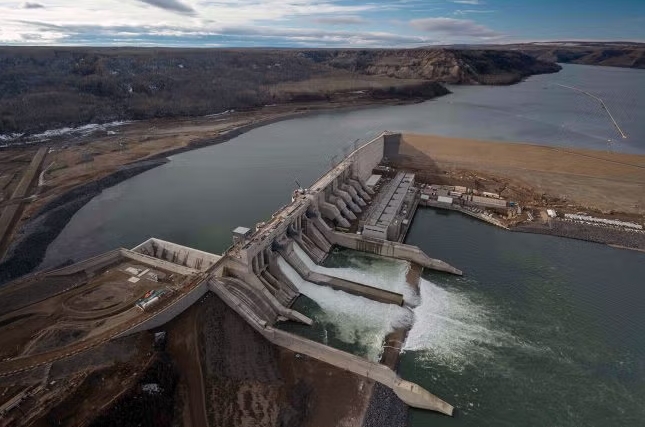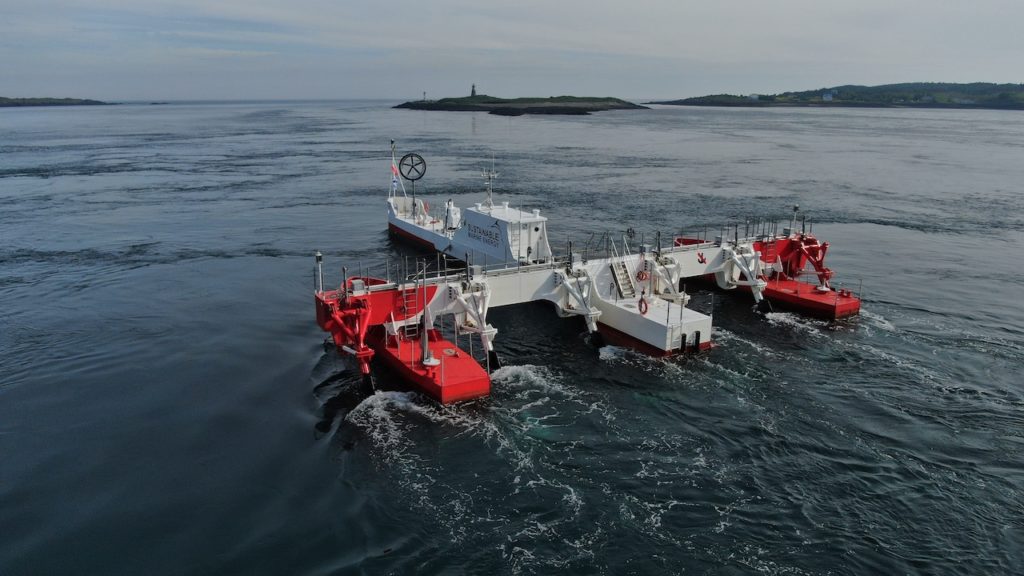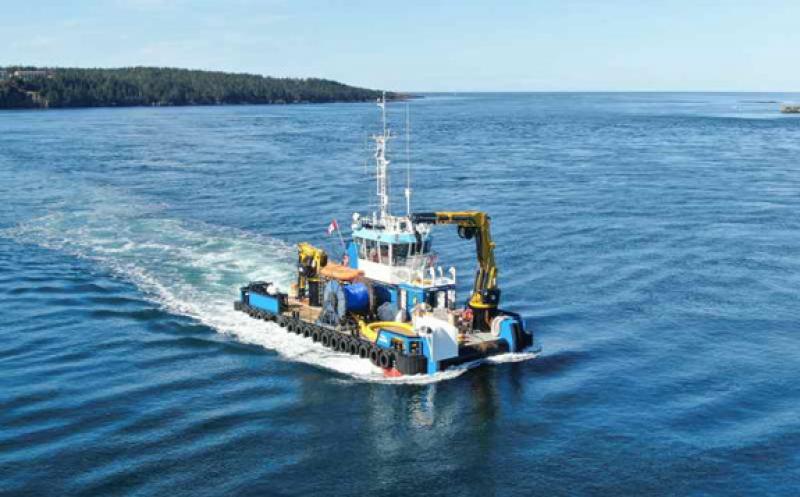
The European Commission has set intermediate minimum filling levels for member states’ underground gas storage (UGS) facilities next year toward the annual bloc target of at least 90 percent by November.
The implementing regulation specifies targets, which vary widely across member states, by February 1, 2025; May 1, 2025; July 1, 2025; and September 1, 2025.
By November 1, 2025, most member states including top consumers Germany, Italy and France are expected to have restocked at least 90 percent of their capacity.
The main regulation, the EU Gas Storage Regulation of 2022, reduces obligations for member states that do not have gas interconnection with other European Union countries or face technical difficulties in outsourcing their stockpiling obligations. Meanwhile member states with large facilities are allowed to only replenish at 35 percent of their average annual gas consumption over the previous five years.
“Since its adoption in June 2022, the Gas Storage Regulation has played a crucial role in ensuring availability of sufficient gas for the winter”, the Commission said in a statement announcing the intermediate targets in 2025.
“Each year since the introduction of the Regulation during the energy crisis, the EU has exceeded its gas storage filling target. This year, storage was around 95 percent by the deadline of 1 November. This amounts to about 100 bcm [3.53 trillion cubic feet] of gas in storage in the EU, representing around one-third of the EU's annual gas consumption”.
End of Ukraine-Russia Transit
The EU is in the final countdown to the end of the transit agreement between the warring countries of Ukraine and Russia, which has remained a key gas source for the region despite EU efforts to accelerate independence from Russian fossil fuels in response to the invasion. Russia accounted for 17 percent of pipeline gas deliveries and 19 percent of liquefied gas deliveries to the EU during the second quarter of 2024, according to the latest quarterly gas market report of the European Commission.
However, according to the European Network for Transmission System Operators for Gas (ENTSOG), if supply from Russia via Ukraine ends this month as per the transit pact, the EU can meet its gas needs in next year’s winter by using the bloc’s storage facilities and rolling back consumption before the peak season.
Current levels of UGS facilities across the EU and the addition of new gas infrastructure including liquefied natural gas (LNG) terminals give the region a fallback in the case of pipeline supply from Russia being cut off, according to an outlook report published by the industry group October 16, 2024.
“The high storage filling level (59 percent) at the beginning of the injection period, lower gas consumption over the years and dedicated measures introduced by the Member States contributed to a high volume of gas in storage at the beginning of the winter period”, ENTSOG said.
“The gas infrastructure, including the projects that have been commissioned during this year and the expansions to be commissioned over the upcoming winter, are boosting energy security in the EU and allow for a more efficient cooperation among the EU Member States”.
For the next winter, even with limited LNG availability, the EU can prepare for the loss of pipeline gas from Russia by keeping at least a 30 percent storage level at the end of the current winter season. This would allow the EU to use the 2025 summer to adequately restock for the winter that follows, according to ENTSOG.
“In the high demand cases (i.e.,2-week cold spell and peak day demand in the Reference Winter scenario) no EU Member State is exposed to the risk of demand curtailment”, it added.
However, “[i]n case of full disruption of Russian pipeline supplies during winter [October 2025 to March 2025, or the reference winter demand], additional measures might be needed to save adequate volumes of gas for the end of the season, and to avoid risk of demand curtailment in case of Cold Winter and peak demand situations”, ENTSOG said.
“Simulation results showed that the introduction of possible measures, such as additional supplies, and a 15 percent decrease in gas demand, would avoid demand curtailment risks and allow for reaching an adequate storage level without any pipeline supplies from Russia.
“Even in case of a full Russian pipeline supply disruption, cooperation between the countries and demand measures could allow for a more efficient injection during the summer 2025 in preparation for the next winter.
“To achieve the 90 percent UGS stock level target by the end of summer 2025, it is necessary to maintain gas at the beginning of the injection season (between 30 and 40 percent) depending on the availability of LNG.
“In the Low LNG supply scenarios, some demand response may be necessary to reach the 90 percent target”.
“Additional UGS flexibility could be secured by storing additional volumes in Ukrainian UGS under the condition that this gas can be injected and later on withdrawn during the winter season and market participants would be willing to use it”, ENTSOG said.







